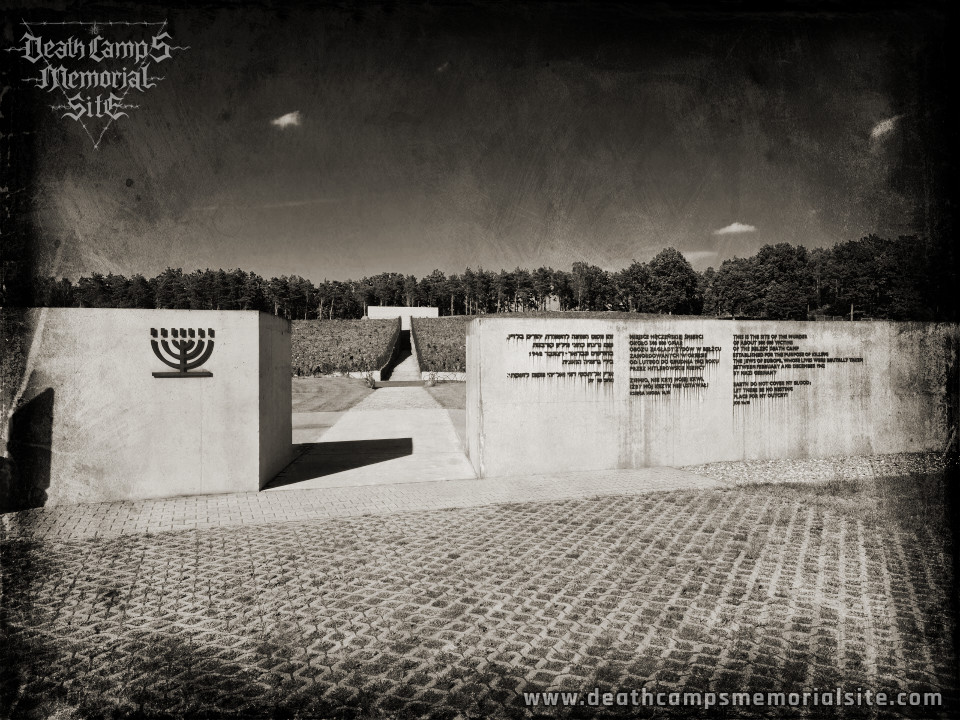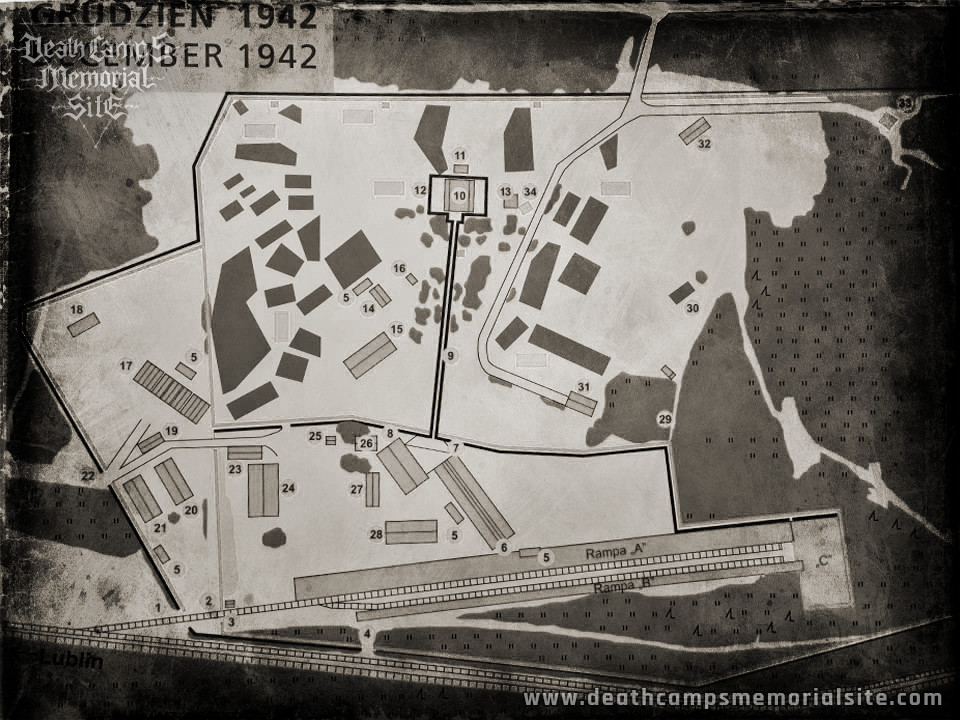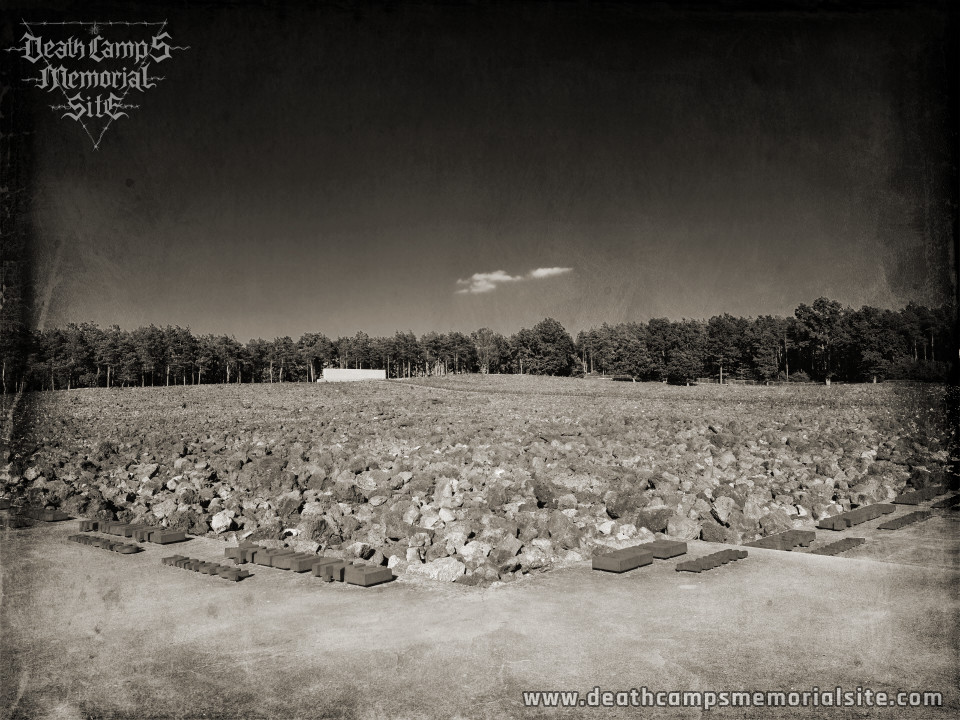Belzec - silent death sentence
Of the first three extermination camps created as part of the "Reinhardt" campaign, Belżec was the only one in which no armed rebellion or uprising took place. Moreover, very few people tried to escape.
Chaotic but well planned action, misinformation, brute force and tremendous speed were key elements of the extermination mechanism. Through their combination, it was intended to lead to a situation in which prisoners sentenced to death would not be aware of their fate until the last moment, and at the same time would be deprived of any possibility of real resistance.
Only two clearly confirmed cases are known when prisoners of the Bełżec camp managed to escape from the camp and survive the war. These fugitives were:
Rudolf Reder - fled taking advantage of the guard's inattention. He hid with the help of his Polish friends until the end of the war. After the war, he emigrated from Poland.
Chaim Hirszman - in June 1943 he escaped from a train in which the last group of prisoners was taken to die in Sobibór. In March 1946, he was shot in Lublin by teenage Poles, members of a youth anti-communist organization.
One of the most serious cases of resistance occurred on March 20, 1942, when the first transport of Jewish women from the city of Żółkiew arrived. They refused to enter the gas chambers. In the resulting confusion, two Jewish women managed to hide and then probably escape from the camp. Their fate remains unknown.
The situation from June 13, 1942 is also unclear. Prisoners, at the sight of bodies in the gas chamber, allegedly attacked the torturers and killed about 4-6 SS-men in battle. As a consequence, almost everyone was killed, but several allegedly managed to escape. Information about the June rebellion was not confirmed by other sources, in particular in the testimonies of former crew members. Despite this, Józef Marszałek considers it "very likely".
C. Hirszman's wife, while citing her husband's stories, claimed that the prisoners were preparing a rebellion and a group escape, but they did not take place due to the liquidation of the camp. The information, like the one about the June rebellion, was not confirmed by the testimonies of former crew members.
There are known reports about other people who escaped from Bełżec but did not survive until the end of the war. Their number is estimated at 10 to 13 people.
The death camp in Bełżec operated from mid-March 1942 (XI 42 last transport) to June 1943, and the number of victims is estimated at around 434 000 - 600 000
Only two clearly confirmed cases are known when prisoners of the Bełżec camp managed to escape from the camp and survive the war. These fugitives were:
Rudolf Reder - fled taking advantage of the guard's inattention. He hid with the help of his Polish friends until the end of the war. After the war, he emigrated from Poland.
Chaim Hirszman - in June 1943 he escaped from a train in which the last group of prisoners was taken to die in Sobibór. In March 1946, he was shot in Lublin by teenage Poles, members of a youth anti-communist organization.
One of the most serious cases of resistance occurred on March 20, 1942, when the first transport of Jewish women from the city of Żółkiew arrived. They refused to enter the gas chambers. In the resulting confusion, two Jewish women managed to hide and then probably escape from the camp. Their fate remains unknown.
The situation from June 13, 1942 is also unclear. Prisoners, at the sight of bodies in the gas chamber, allegedly attacked the torturers and killed about 4-6 SS-men in battle. As a consequence, almost everyone was killed, but several allegedly managed to escape. Information about the June rebellion was not confirmed by other sources, in particular in the testimonies of former crew members. Despite this, Józef Marszałek considers it "very likely".
C. Hirszman's wife, while citing her husband's stories, claimed that the prisoners were preparing a rebellion and a group escape, but they did not take place due to the liquidation of the camp. The information, like the one about the June rebellion, was not confirmed by the testimonies of former crew members.
There are known reports about other people who escaped from Bełżec but did not survive until the end of the war. Their number is estimated at 10 to 13 people.
The death camp in Bełżec operated from mid-March 1942 (XI 42 last transport) to June 1943, and the number of victims is estimated at around 434 000 - 600 000


